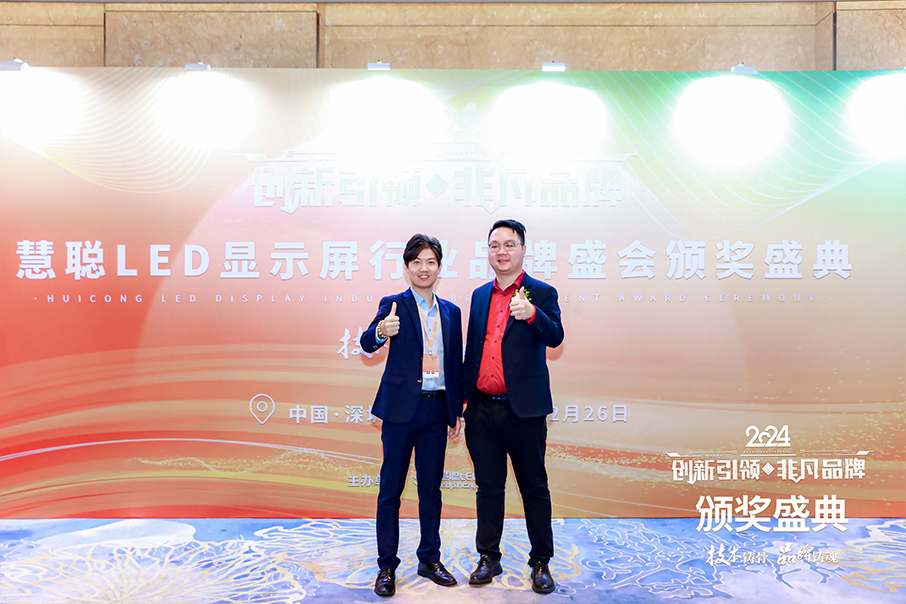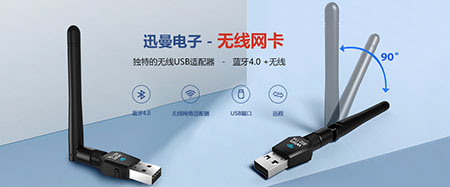- Time: 2025/5/16 Posted: Jiangxi Topda Optoelectronics Technology Co., Ltd

On 26th December 2024, "Huichong LED Display industry Brand Event Award Ceremony" was held in Shenzhen.

TOPDA Optoelectronics with excellent product quality and service, won the "Top Ten LED display supply chain brand" award issued by Huichong magazine.

As an important part of the LED display supply chain, TOPDA Optoelectronics has always been committed to providing customers with high-quality products and excellent services. Adhering to the core concept of "innovation, quality, service", the company continuously invests R&D resources and improves technical strength to meet the growing needs of customers. Not only that, TOPDA Optoelectronics has always paid great attention to cooperation with upstream and downstream enterprises to jointly build a stable supply chain system and promote the sustainable development of the LED display industry.

This award is not only an affirmation of the past efforts of TOPDA Optoelectronics, but also an incentive for future development. TOPDA Optoelectronics will continue to uphold the original intention, adhere to technological innovation and service upgrading, and contribute more to the development of LED display industry.
— — END — —
-
Home
-
About Us
About Us
Company Profile
Company Culture
About Us

JIANGXI TOPDA OP...
-
Products
Products

Focused on LED RGB full-color device packaging, positioned in the mid to high end market
-
Applications
Applications
High End Fixed Installation
High End Stage Rental
LED Cinema
Virtual Studio
Meeting Room
Applications

Build an independent production line and a brand new production factory with an area of 13000 square meters
-
News
News
Company news
Industry news
Optoelectronics Classroom
News

Keep you updated on company news and industry information in a timely manner
-
Video
-
Contact Us
Contact Us
Contact Us
Feedback
Contact Us

Welcome to contact us, we will be dedicated to serving you
Appraisal



